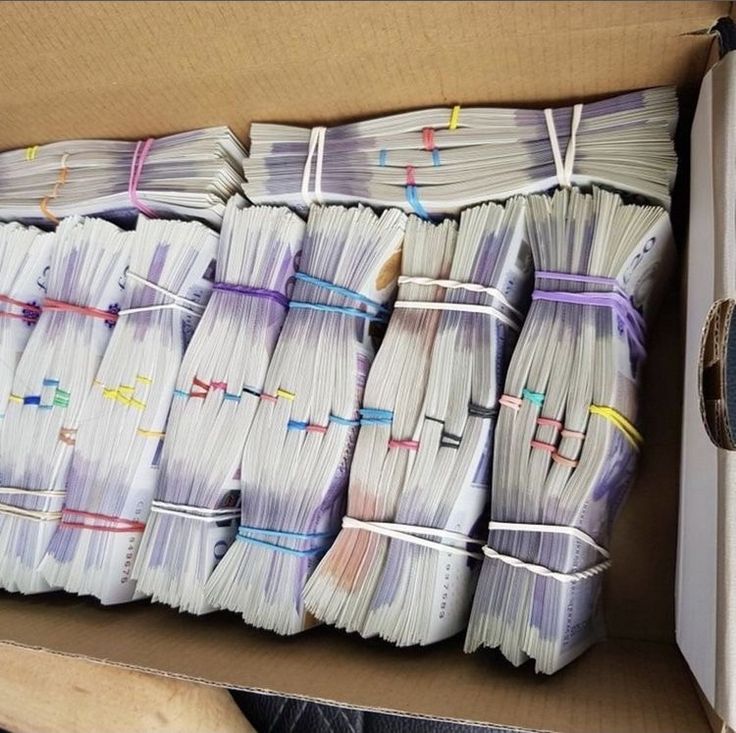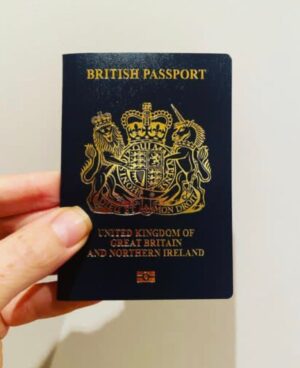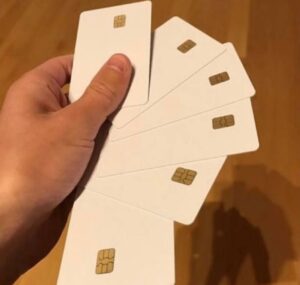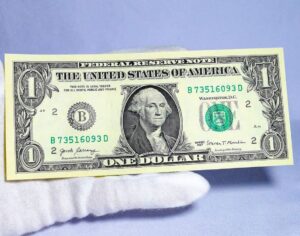What Is Prop Money? A Complete Guide for Beginners
What Is Prop Money? Prop money, also known as “fake money” or “movie money,” is widely used in film, television, theater productions, video games, and even photoshoots. For those unfamiliar with the term, it may seem confusing at first. However, the role of prop money is crucial in various industries where real currency is either impractical, unnecessary, or not allowed. In this complete guide, we will explore everything there is to know about prop money, from what it is to where it’s used, how it’s made, and what makes it different from real money.
What Exactly Is Prop Money?
Prop money is imitation currency designed specifically for use in productions, photo shoots, or simulations. It is not intended for actual transactions but instead serves as a stand-in for real money in scenarios where physical currency is required on screen, for promotional purposes, or for practice.
Unlike counterfeit money, which is designed to deceive, prop money is legally made and is often marked with distinguishing features such as “For Motion Picture Use Only” or other warnings to prevent confusion with real currency. While it looks like real money, its purpose is strictly visual, ensuring that actors and directors have something realistic to work with without the legal or logistical complications of using actual currency.
How Is Prop Money Different from Real Money?
One of the most important distinctions between prop money and real money is that prop money is not intended for circulation. Here are a few differences:
-
Design: Prop money often mimics the appearance of real currency but is usually marked with text or symbols that indicate it is not legal tender, such as “For Motion Picture Use” or a bold “COPY” watermark.
-
Material: While real money is made from a combination of cotton, linen, and security fibers, prop money is usually printed on paper or a similar material that is lightweight and easy to produce.
-
Size and Color: Prop money is sometimes designed to look slightly different in size, color, or texture to prevent it from being used fraudulently.
-
Legal Aspects: Counterfeit money is illegal and punishable by law, but prop money is created with the explicit intent for film, television, and other forms of entertainment and is therefore legal.
Why Is Prop Money Used?
Prop money is used for a variety of reasons across different industries. The primary reasons include:
1. Film and Television Production
In the entertainment industry, especially in film and TV shows, it’s common to see scenes that involve large amounts of money, such as bank robberies, high-stakes gambling, or scenes set in casinos. Using real money in these instances can be impractical and expensive, so prop money is used as a substitute.
2. Theater Productions
In theater, where stage props are critical to storytelling, prop money helps create the illusion of wealth or financial transactions in live performances. The ease of handling and safety of prop money also makes it ideal for repeated use in live shows.
3. Photo and Video Shoots
In photography and videography, prop money can be used for advertising, promotional shoots, or fashion photoshoots to create a theme of affluence or wealth.
4. Training Simulations
Banks, law enforcement, and financial institutions sometimes use prop money for training scenarios. This allows employees to practice identifying counterfeit money or handle transactions without the risk of using real currency.
5. Theme Parks and Exhibitions
Some theme parks and exhibitions use prop money for immersive experiences where visitors can pretend to handle money, such as in casino-themed events or historical reenactments.
informative manner.

What Are the Different Types of Prop Money?
Not all prop money is the same. The design and materials vary depending on its intended use. Here’s a breakdown of the different types:
1. Standard Movie Prop Money
This is the most common type of prop money, used in films, TV shows, and commercials. It generally looks realistic but will have clear markers indicating it is not real currency. It may also come in various denominations depending on the needs of the production.
2. Custom Prop Money
Some productions need money that is specific to their storyline or environment. Custom prop money can be created to match fictional currencies, or it may have unique features, such as logos or symbols, related to the production.
3. Giant Prop Money
Giant prop money is often used for comedic purposes or in large-scale set designs. These are oversized versions of real banknotes and can be found in game shows or comedic scenes where large sums of money are involved.
4. Miniature Prop Money
Miniature prop money is smaller in size than typical bills. This type of prop money may be used for close-up shots or to give the illusion of a large sum of money in a confined space.
5. Coin Props
In some scenes, coins are needed to create a sense of realism. Prop coins are designed to mimic the look of real coins, but they often feature exaggerated features or markings to distinguish them from actual currency.
How Is Prop Money Made?
Prop money is manufactured using printing techniques similar to those used for real money but with a few critical differences. Here’s how it’s made:
-
Printing: Prop money is typically printed using high-quality offset printing or digital printing. The print design is done to closely resemble real money, but subtle differences are incorporated to ensure that it cannot be used as counterfeit currency.
-
Watermarking and Marks: Most prop money includes a watermark or other distinguishing features like the words “For Motion Picture Use Only” or “Copy” to make it clear that the bills are not real. These features are often added to the paper during production.
-
Material Choice: The material used for printing prop money is typically paper or a synthetic fiber that mimics the texture of real currency. Some types of prop money are printed on cotton-like materials, while others use plastic polymer bills for added durability.
-
Quality Control: Manufacturers often perform quality control checks to ensure that prop money looks realistic on camera but does not resemble real currency too closely. Some money also features elements that distort its appearance under certain lighting, which is intended to keep it from being mistaken for real money.
Where Can You Buy Prop Money?
There are several online platforms and specialty stores where you can purchase prop money for various needs. Depending on your intended use (e.g., for a film, photography shoot, or theatrical performance), you can find different types of prop money.
1. Online Retailers
Sites like Amazon, eBay, and specialized online stores such as Prop Money House or Movie Prop Money sell a wide range of prop money. These sites provide both high-quality movie prop money and low-cost versions for casual use.
2. Specialized Prop Suppliers
Some companies specialize in creating realistic prop money. These suppliers offer custom designs, and bulk orders, and sometimes even provide specific denominations for different filming needs.
3. Craft and Party Stores
Some craft stores or party stores sell prop money for events such as themed parties or promotions. These products are typically less realistic but still serve the purpose for casual uses.
4. Film Production Supply Stores
If you’re involved in filmmaking, there are companies that sell prop money specifically made for use in the film industry. These products usually come with authenticity guarantees and may be made to strict industry standards.
Is Prop Money Legal?
Yes, prop money is legal when produced and used correctly. However, it is important to note that prop money is governed by legal regulations to prevent it from being used as counterfeit money. Here are some legal considerations:
-
Markings: To avoid confusion with real currency, prop money is required by law to have distinguishing marks, such as the word “COPY” or “For Motion Picture Use Only,” which are clearly visible on the money.
-
Size and Design: In many jurisdictions, prop money must be a different size than real currency and feature designs that distinguish it from legal tender. This ensures that it cannot be mistakenly used in actual transactions.
-
Usage Restrictions: Some places have specific rules governing the sale and use of prop money, especially in regard to its reproduction for commercial purposes or promotion. For example, selling prop money that resembles real bills too closely could lead to legal issues.
What Are the Most Common Uses of Prop Money?
1. Bank Robbery Scenes
Films often feature intense scenes involving large sums of money, and prop money is used in these instances to simulate real cash.
2. Casino and Gambling Scenes
In movies, gambling establishments are frequently depicted, where players deal with stacks of cash. Prop money provides the visual impact of money exchanging hands.
3. Commercials and Advertisements
Prop money is used in advertisements to create a luxurious image or convey themes of wealth and prosperity. It can be featured in fashion ads, car commercials, or luxury goods promotions.
4. Training Exercises for Law Enforcement
Police departments or financial institutions use prop money for training officers and security personnel to identify counterfeit currency.
5. Stage and Theatrical Performances
Prop money is often used in theatrical performances, particularly in scenes involving transactions, heists, or stories about money and power.
Prop money plays an essential role in the entertainment industry, theater productions, and other sectors where realistic money is needed without the risks and complications of using real currency. Whether you’re an aspiring filmmaker, photographer, or stage director, understanding what prop money is, how it’s made, and where it’s used is key to making your production more realistic and professional. With its growing use in creative fields, prop money continues to be an indispensable part of visual storytelling.










